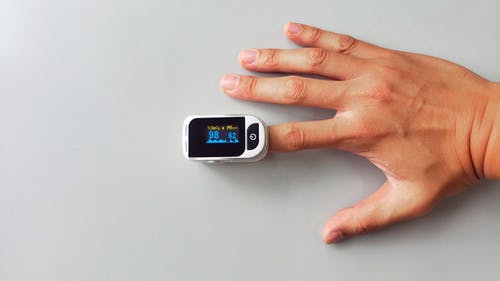
The country is undoubtedly going through a challenging situation, the shortage of oxygen cylinders adding to the problems. What if another oxygen source could reduce this problem?
According to the Indian Express, the oxygen concentrators do precisely that and are therefore on demand right now. The demand has increased by as much as 10% per year. This result is estimated after comparing the previous demands.
Oxygen concentrators vs oxygen cylinders vs LMO:
The oxygen cylinders are cheaper than the oxygen concentrators. The LMO provides 99% pure oxygen while the oxygen concentrators produce 90-95% pure oxygen.
The LMO requires special temperatures and is transported in cryogenic tankers. Cylinders require refilling and extra transportation costs. Concentrators do not require any of these, and they just need a proper supply of electricity.
The most questioned problem about concentrators is that they can supply only 5-10 liters of oxygen per minute. Most patients in critical conditions require more than that.
How do the concentrators work?
The oxygen concentrators use electricity to draw in ambient air. It then eliminates the nitrogen content from the air.
Normally, atmospheric air contains 78% nitrogen. So, the present purified air is 90-95 % pure. This air is now compressed and used. The pressure valve in it helps to manage the air supply.
The concentrators are small devices. This reduces transportation costs. Also, the concentrators can work nonstop for over five years. This ensures a one-time investment in them.
There are certain limitations too. The concentrators cannot deal with huge oxygen needs. Thus, it is advisable to use them only during continuous operations needing a nonstop oxygen supply. Nonetheless, they appear to be a boon during the present crisis.
Medical professionals can use them to provide oxygen to patients with a SaO2 of above 85%. This might reduce the pressure on the supply of oxygen cylinders. Thus, only patients in ICU and in critical conditions will be able to get cylinders. This will also reduce the crisis of cylinders in our country amidst the pandemic.


